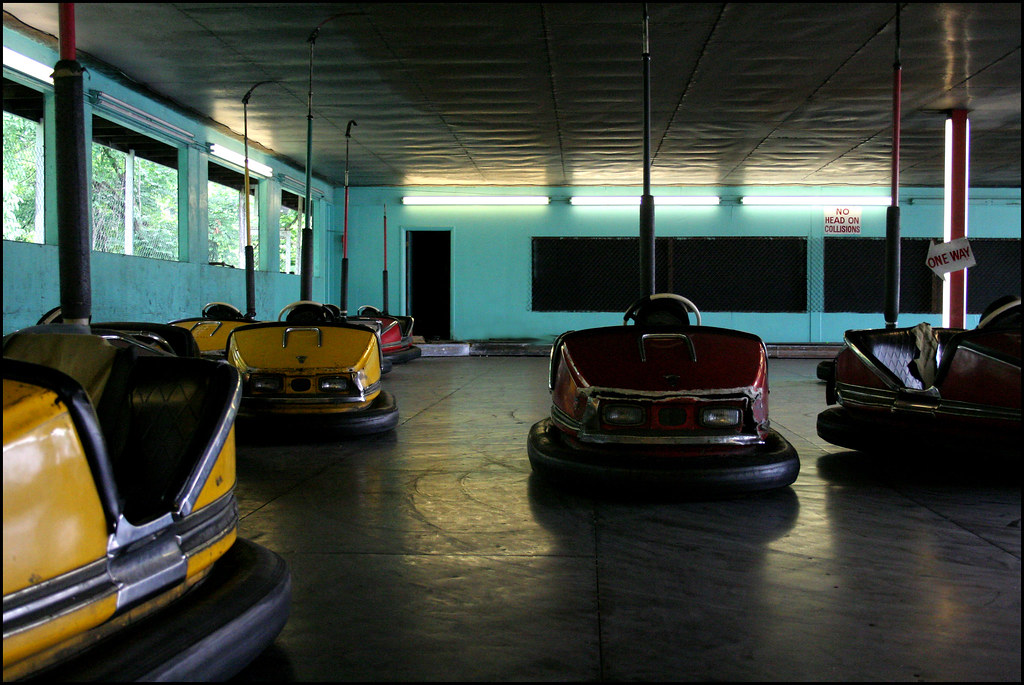From the press release, via The Urban Scientist:
WASHINGTON, DC – On Wednesday, February 26, 2014, the White House will honor ten local heroes who are “Champions of Change” for their innovation in creating diversity and access in STEM fields. These champions are creating opportunities for young people typically underrepresented in STEM industries by using unconventional approaches to enhance student exposure ranging from photography and film, to Hip Hop music, to coding competitions and community-based workshops.
Besides the fact that it seems weird to see "hip hop music" in an official government communication, I'm always excited to see science be rewarded. I'm especially excited to see folks that I've previously featured on my blog be honored. In my post "Wu-Tang and Science are for the Children" (props to you if you get the reference), I talked about Christopher Emdin and the hip hop science competitions that he helped organize in New York. I'm happy to see Chris be honored!
Christopher Emdin, Director of Science Education at the Center for Health Equity and Urban Science Education, Columbia University
New York, NY
Christopher Emdin, Ph.D is an Associate Professor of Science Education at Teachers College, Columbia University, where he also serves as Director of Science Education at the Center for Health Equity and Urban Science Education. He is also a fellow at the W.E.B. DuBois Research Institute at Harvard University. In these roles, he prepares teachers for STEM classrooms, conducts research in urban science education, and coordinates both the Science Genius B.A.T.T.L.E.S. and the #HipHopEd social media movement. The Science Genius B.A.T.T.L.E.S. are focused on bringing attention to transforming teaching, learning, and engagement in science by using hip-hop culture to create science competitions among youth in New York City Public schools. The #HipHopEd movement focuses on engaging the public in conversations about the intersections of hip-hop and education. Dr. Emdin writes the provocative “Emdin 5” series for the Huffington Post. He is also author of the award winning book, Urban Science Education for the Hip-hop Generation.
In my post "Hey Science? Respect Matters", I discussed how the scientific community has no room for discrimination, especially gender based. I've spoken with Danielle several times and met her in person, so I was thrilled to see her featured as well.
Danielle N. Lee, Biologist on Animal Behavior
Stilwater, OK; Ithaca, NY
Dr. Danielle N. Lee is a biologist who studies animal behavior. Her current research examines the natural history and individual differences of African Giant Pouched Rats. Her science outreach efforts emphasize sharing science to general audiences, particularly under-served groups, via outdoor programming and social media. She blogs about her research, evolutionary biology, as well as diversity and inclusion in the sciences at The Urban Scientist hosted by Scientific American Scientific American Blog Network. She is also a founder of the National Science and Technology News Service, a media advocacy group to increase interest in STEM and science news coverage within the African-American community.
Congrats to Chris, Danielle, and the rest of the folks being honored today!



